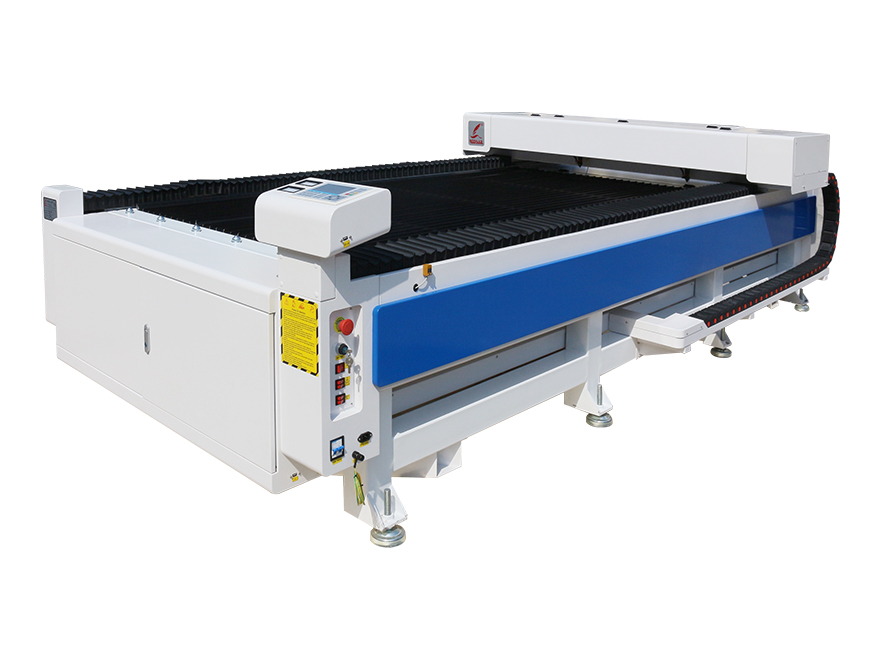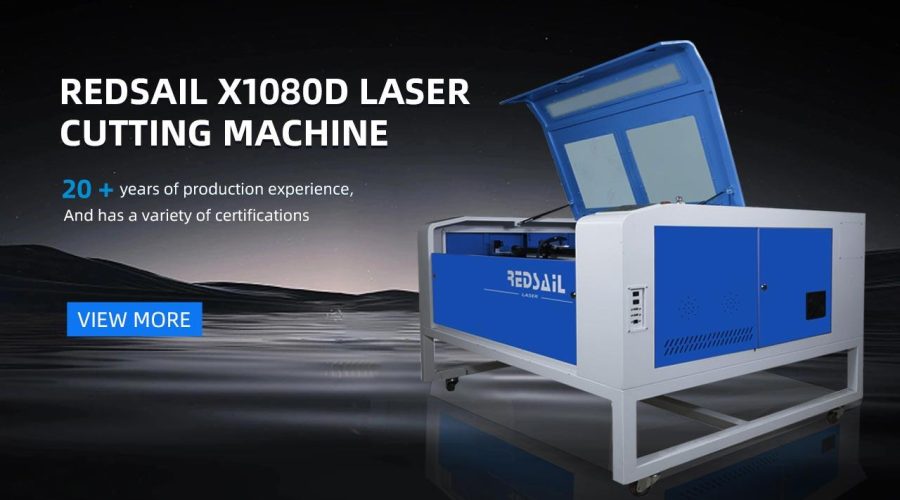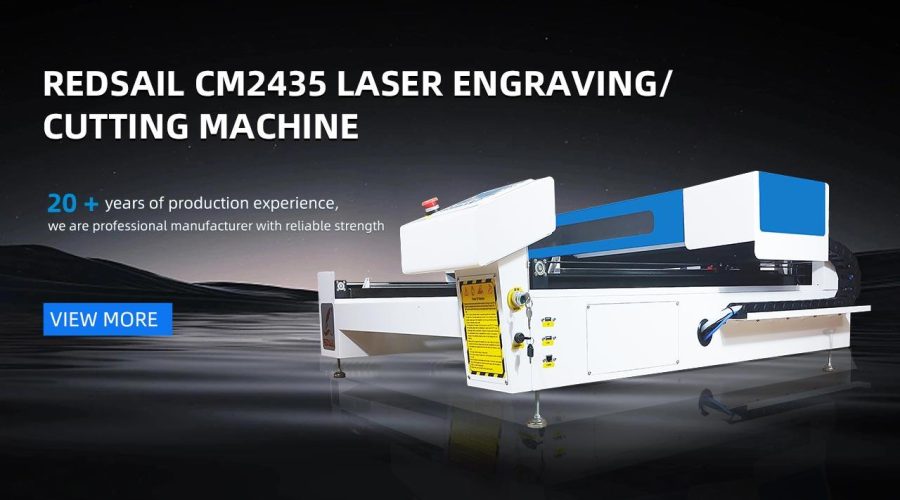Can an Open Source CO2 Laser Cutter Revolutionize DIY Projects?
Introduction:
DIY (Do-It-Yourself) projects have gained immense popularity in recent years, providing individuals with the opportunity to unleash their creativity and turn their ideas into reality. One of the critical tools used in DIY projects is a laser cutter, known for its precision and versatility. However, laser cutters have traditionally been expensive and exclusive to industrial settings. That is until open-source CO2 laser cutters emerged, aiming to revolutionize the DIY scene. In this article, we will explore the potential of open-source CO2 laser cutters and their impact on DIY projects.
I. What is a CO2 laser cutter?
A CO2 laser cutter is a machine equipped with a laser tube that emits CO2 laser beams. These beams are used to cut and engrave various materials such as wood, acrylic, fabric, and even metal. The laser beam is controlled by a computer, typically using vector graphics software like Adobe Illustrator or CorelDRAW, allowing for precise and intricate designs to be created.
II. The traditional cost barrier:
Traditional CO2 laser cutters have come with a hefty price tag, making them inaccessible to many DIY enthusiasts. Industrial-grade laser cutters can cost tens of thousands of dollars, proving to be impractical for individual hobbyists or small-scale businesses. This financial barrier has limited the scope of what can be achieved in DIY projects.
III. Open-source revolution:
Enter open-source CO2 laser cutters. Open-source refers to the practice of making the design, software, and specifications of a machine freely available to the public. A community of enthusiasts develops and improves upon the original design, making it accessible to a wider audience and encouraging collaboration. Several open-source CO2 laser cutter projects, such as Lasersaur and 40W Laser Cutter, have gained popularity among DIYers due to their affordability and accessibility.
IV. Affordability and customization:
Open-source CO2 laser cutters significantly lower the financial barrier to entry. By sourcing affordable components and utilizing open-source software, these machines can be built at a fraction of the cost of traditional laser cutters. Additionally, the open nature of these projects allows users to customize their laser cutters according to their specific needs and preferences. This customizability empowers individuals to experiment and tailor the machine for their unique DIY projects.
V. Learning and community support:
Open-source CO2 laser cutters foster a collaborative and supportive community. The availability of detailed documentation, online forums, and video tutorials enables users to learn from experienced practitioners and troubleshoot any technical issues they may encounter. This sense of community encourages knowledge-sharing and empowers individuals to push the boundaries of what they can achieve with their laser cutter.
VI. Safety and considerations:
It is essential to address safety concerns when working with open-source CO2 laser cutters. These machines emit powerful laser beams that can cause severe eye and skin damage if not handled responsibly. Users must adhere to safety guidelines, wear protective gear, and operate the machine within a controlled environment to minimize risks. Additionally, proper ventilation systems should be implemented to prevent the release of harmful gases and fumes generated during the cutting process.
FAQs:
1. Can open-source CO2 laser cutters cut through metal?
While open-source CO2 laser cutters are primarily designed for cutting and engraving materials like wood, acrylic, and fabric, efforts are being made to develop higher-powered models capable of cutting through thin sheets of metal. However, these machines may not have the same precision and efficiency as industrial-grade metal laser cutters.
2. Is building an open-source CO2 laser cutter difficult?
Building an open-source CO2 laser cutter requires a certain level of technical knowledge and experience in electronics and engineering. However, comprehensive documentation and community support make the process more accessible, and there are various kits available to assist beginners.
3. Are open-source CO2 laser cutters suitable for commercial use?
Open-source CO2 laser cutters can be used for small-scale commercial purposes, such as starting a laser cutting business or creating custom products. However, their limitations in power and cutting speed may make them less suitable for large-scale industrial applications.
Conclusion:
Open-source CO2 laser cutters hold the potential to revolutionize the world of DIY projects. By making laser cutting technology more affordable, customizable, and accessible, these machines empower individuals to explore their creativity and bring their ideas to life. However, users must prioritize safety and responsible operation to fully benefit from the advantages offered by open-source CO2 laser cutters. With the right precautions and community support, DIYers can embrace this technology and revolutionize the way they approach their projects.





